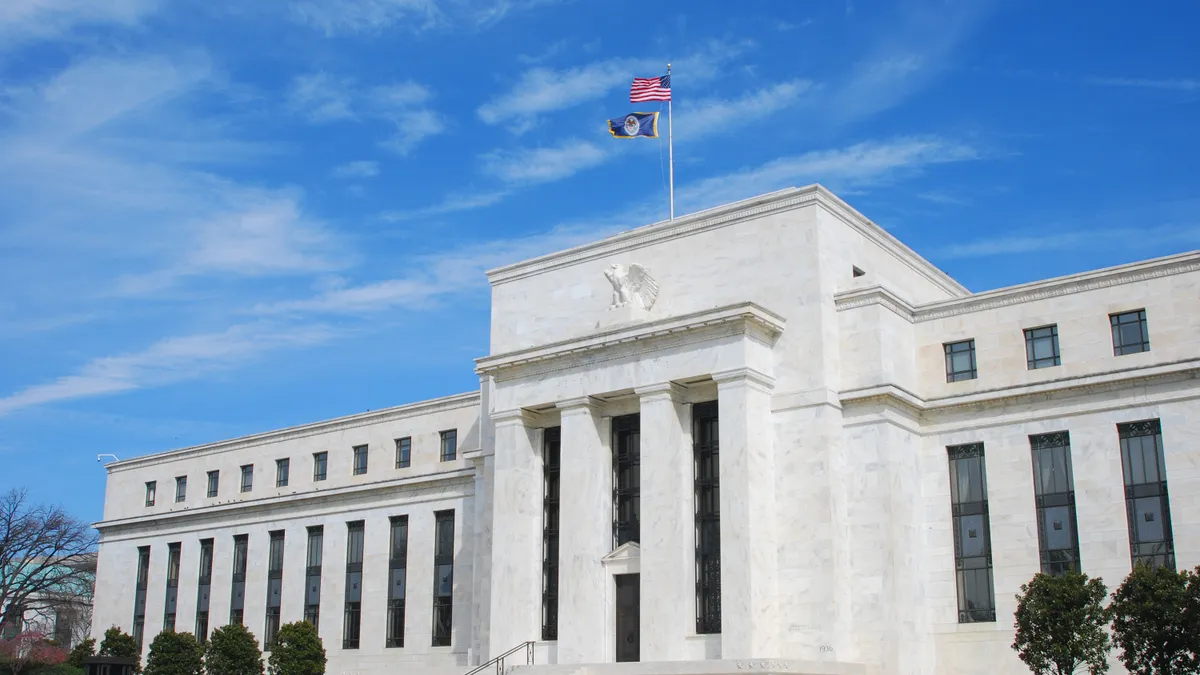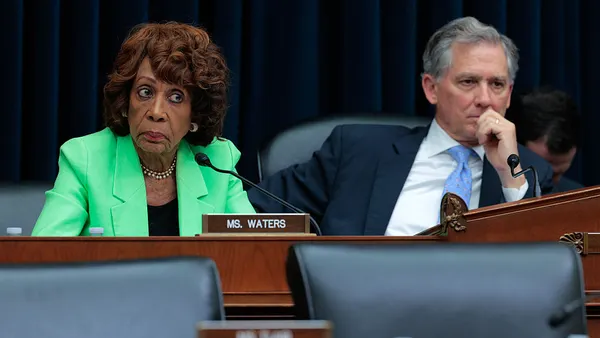The Federal Reserve cut its benchmark interest rate by 25 basis points on Wednesday, marking the first time it has adjusted them downward in almost a year.
The financial markets and industry groups had been anticipating a rate cut of 25 bps, though some investors were hoping for something larger, according to Brent Maier, national real estate advisory leader with Chicago-based accounting and advisory firm Baker Tilly's development advisory.
Jay Lybik, senior director of market research at Milwaukee-area apartment owner and manager Continental Properties, also expected a rate cut of just 25 bps, with the Fed wary about the current inflation situation, especially given the 2.9% reading for August.
Pete O’Neil, national director of research for Minneapolis-based commercial real estate services firm Northmarq, saw 50 as a possibility. Regardless, he sees the rationale for the 25 bps cut, which he had anticipated.
“A 25-basis-point cut gives the Fed room to maneuver if additional cuts are needed to spur economic growth,” O’Neil told Multifamily Dive in emailed comments. “It’s also a more cautious move, and we expect the Fed to proceed cautiously in the near term. That approach allows time to monitor inflation and growth without rattling markets.”
Minimal impact right now
Just as most observers expected a 25 bps rate cut, they anticipate that today’s reduction in borrowing costs from the Fed will have a limited impact on transactions and new development.
“In terms of the rate cut’s impact on multifamily transaction volume and development, I think the impact will be minimal as weak or negative rent growth remains front and center in investors' minds right now,” Lybik said in emailed comments to Multifamily Dive. “The rent growth recovery that has been forecasted nationally and in oversupplied Sun Belt markets continues to be delayed and thus making for difficult underwriting conditions.”
Most multifamily loans are priced off the 10-year Treasury. While a Fed rate reduction reduces the cost of capital in theory, the relationship isn’t always straightforward, according to Maier.
“When the Fed was last cutting rates in late 2024, the 10-year Treasury actually rose amid concerns about rising U.S. debt levels, offsetting some of the benefits of lower short-term rates,” Maier said in emailed comments to Multifamily Dive. “The good news is that the 10-year has moved lower over the past 45 days, suggesting markets may already be anticipating the Fed’s next move.”
Looking for positive market signals
David Nelson, president and chief investment officer for San Francisco-based investment firm Hamilton Zanze, said investors are still looking for optimism to invest, sell and refinance their properties. However, he isn’t sure today’s cut will spark the market.
“Is this the final straw to start that movement?,” Nelson said. “Maybe, but probably not. The 10-year dipping below 4 seems to be the actual tipping point.”
O’Neil agrees that the 25 bps cut won’t have much impact on valuations or volumes, though more reductions extending into 2026 could affect valuations and transaction activity. The Fed will meet again to announce interest rate decisions at the end of October and early December.
“If rate cuts succeed in supporting faster economic growth and job expansion, that could also translate to stronger renter demand,” O’Neil said in emailed comments to Multifamily Dive. “A boost to operational fundamentals would, in turn, positively impact values.”
Click here to sign up to receive multifamily and apartment news like this article in your inbox every weekday.










